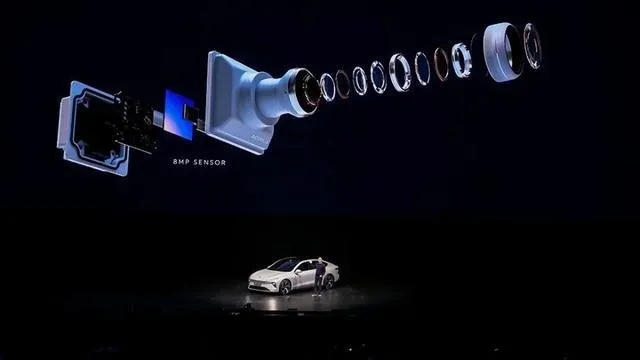카메라 모듈의 구성 구조
The Camera Compact Module, or CCM for short, is a key component in electronic devices used to capture and record images or videos. Its main structure includes the following parts:
1. Lens
기능: The lens is responsible for focusing light onto the image sensor. It is usually composed of several lenses, from the material point of view, the camera lens can be divided into plastic lenses and glass lenses. The more lenses, the higher the cost; Glass lenses are more expensive than plastic, but they usually produce better images.
Key parameters: focal length, field of view Angle, F number (aperture ratio), aperture, depth of field, 등. These parameters together determine the size of the image shot, the size of the viewing Angle, the size of the depth of field and the perspective of the picture.

2. 이미지 센서
기능: The image sensor is the core component of the camera module and is responsible for converting the light focused through the lens into an electrical signal. There are millions to tens of millions of photodiodes on its surface, and when the photodiodes are illuminated, the photoelectric effect occurs, converting the light signal into an electrical signal.
유형: 현재, the main image sensors are CMOS(complementary metal oxide semiconductor) and CCD(charge-coupled device).
Performance indicators: pixel number, speed, dynamic range, 등. The more pixels it has, the more detail it can sense the object, and thus the clearer the image.

3. Image processing chip
기능: The image processing chip is responsible for converting the electrical signal output by the image sensor into a digital image signal, and further processing the image through the internal image processor (ISP), including color correction, image enhancement, noise reduction, EIS stabilization, 등.
기능: Improve image quality to meet the needs of different application scenarios.
4. Flexible printed circuit board or other circuit boards
기능: The circuit board is the carrier that connects various components in the camera module, and is responsible for connecting the main control chip, sensor and other electronic components, so as to achieve the normal work of the camera module.
유형: Depending on the specific design, it can be a printed circuit board (PCB) 또는 유연한 회로 기판 (FPC).
5. Auxiliary components
Infrared Filter (IR-cut Filter) : used to filter the non-visible light of the human eye to improve the imaging quality.
Voice coil motor (VCM) : Used to implement the camera’s autofocus function to ensure that the subject is always in the best image state.
Lens Glass: Used to protect the image sensor from the external environment, such as water, dust and so on.
다른: such as flash, shell, 등., used to enhance the function and performance of the camera module.
To sum up, the camera module collects light through the lens, converts the light signal into electrical signal through the image sensor, and then processes these signals by the image processing chip, and finally outputs the digital image signal through the circuit board to complete the entire imaging process. 동시에, the presence of auxiliary components further improves the performance and reliability of the camera module.
The composition structure of the camera module The composition structure of the camera module The composition structure of the camera module The composition structure of the camera module The composition structure of the camera module
